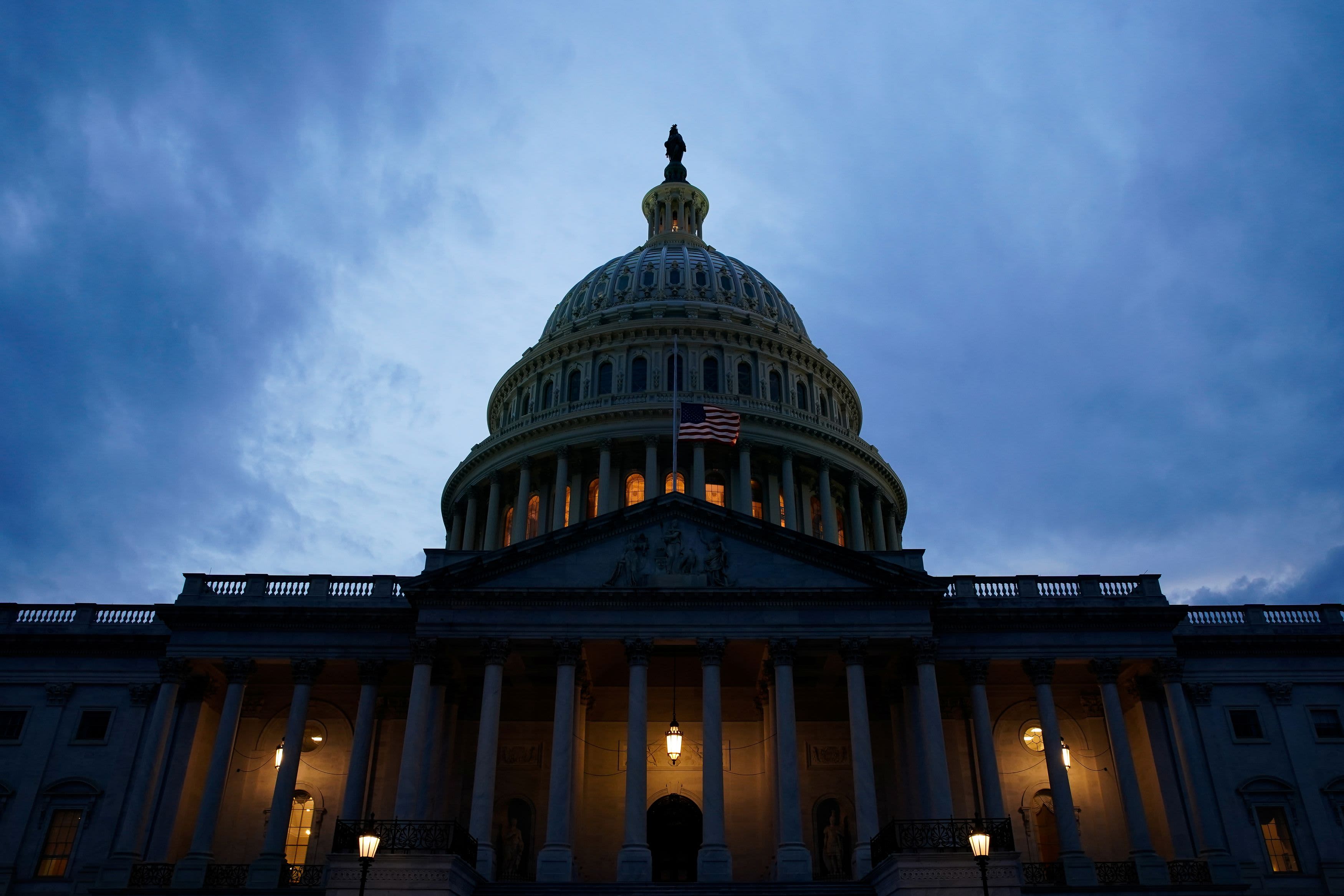Two years after Congress passed a law that ushered in improvements to the U.S. retirement system, lawmakers’ efforts to make further enhancements are moving forward — albeit slowly.
There’s bipartisan backing for measures in both the House and Senate that would build on the 2019 Secure Act, which aimed to increase both the ranks of savers and retirement security. While progress on the proposals has been slow, there’s hope for action in 2022, say supporters.
“At the end of the first quarter or beginning of second quarter, we could see action on the bills in both chambers,” said Paul Richman, chief government and political affairs officer at the Insured Retirement Institute.
More from Personal Finance:
Who can claim the home-office tax deduction
How to avoid tax bomb when selling your home
Must-know changes for the 2021 tax season
Most recently, the House Education and Labor Committee last month approved the RISE Act (H.R. 5891), a series of retirement-related provisions that fall under its jurisdiction. It has some overlap with another bill — the so-called Secure Act 2.0 (H.R. 2954), which cleared the House Ways and Means Committee in May. Both were approved unanimously by voice vote.
Meanwhile, there are two bills in the Senate that are similar to those in the House: the Retirement Security and Savings Act (S. 1770) and the Improving Access to Retirement Savings Act (S. 1703). However, neither have received committee consideration yet.
Here are some of the main provisions that are covered in the bills.
Required minimum distributions
The Secure Act changed when required minimum distributions, or RMDs, from retirement accounts must begin to age 72, from 70½. Under the House proposal, those mandated annual withdrawals wouldn’t have to start until age 73 in 2022, and then age 74 in 2029 and age 75 by 2032.
Similarly, the Senate proposal would raise the RMD age to 75 by 2032. It also would waive RMDs for individuals with less than $100,000 in aggregate retirement savings, as well as reduce the penalty for failing to take RMDs to 25% from the current 50%.
Catch-up contributions
Current law allows retirement savers age 50 or older to make so-called catch-up contributions to their retirement savings. On top of the standard annual contribution limits — $19,500 for 401(k) plans and $6,000 for individual retirement accounts in 2021 — those who qualify can put an extra $6,500 in their 401(k) or $1,000 in their IRA.
Both the House and Senate proposals aim to expand those amounts, although the specifics differ a bit.
The House provision would adjust annual catch-up amounts based on inflation, and would expand the 401(k) catch-up to $10,000 for individuals who are age 62, 63 or 64. Workers enrolled in so-called SIMPLE plans would be allowed $5,000 in catch-up contributions, up from the current $3,000.
The Senate provision also would index the IRA amount to inflation, but is more generous with the 401(k) catch-up contribution of $10,000: It would apply to people age 60 or older.
The House proposal also would change the tax aspect of catch-up amounts as a way to offset any revenue losses from other provisions.
At the end of the first quarter or beginning of second quarter, we could see action on the bills in both chambers.Paul RichmanChief government and political affairs officer at the Insured Retirement Institute
That is, all catch-up contributions to 401(k) plans and the like would be treated as Roth contributions — i.e., after tax. Current law allows workers to choose whether to make those contributions on a pretax or Roth basis (assuming their company gives them the choice).
Additionally, matching contributions from employers currently can only be made to pretax accounts. A provision in the House would allow them to be post-tax (Roth) contributions if the employee wanted to go that route.
Student loan debt
Most companies that offer 401(k) plans will match your contributions up to a certain amount — e.g., a 100% match for the first 3% you contribute, with a 50% match for the next 2%. For workers whose student loan debt keeps them from putting money into their retirement accounts, it means missing out on that company money.
In both the House and Senate provisions, employers would be permitted to make contributions to 401(k) plans (and similar workplace plans) on behalf of employees who are making student loan payments instead of contributing to their retirement plan.
Auto-enrollment in 401(k) plans
A provision in the House would require employers to automatically enroll employees in their 401(k) plan at a rate of at least 3% and then increase it each year until the worker is contributing 10% of their pay. Businesses with 10 or fewer employees and new companies (under 3 years old) are among those that would be excluded from the mandate.
The Senate’s version does not require auto-enrollment, although it includes incentives to encourage companies to implement that feature.
Annuities
One option to provide an income stream later in life is a qualified longevity annuity contract, or QLAC. Once you purchase the annuity, you specify when you want the income to start.
However, the maximum that can go into a QLAC is either $135,000 or 25% of the value of your retirement accounts, whichever is less.
In both the House and Senate, provisions would remove the 25% cap. The Senate would also increase the maximum amount allowed in a QLAC to $200,000.
Other stuff
Both the House and Senate propose creating a national online lost-and-found database for retirement accounts, which workers can lose track of after they leave a job.
Also, under provisions in both chambers, part-time employees who work at least 500 hours for two consecutive years would be eligible to participate in their company’s 401(k) plan.
